Working Together
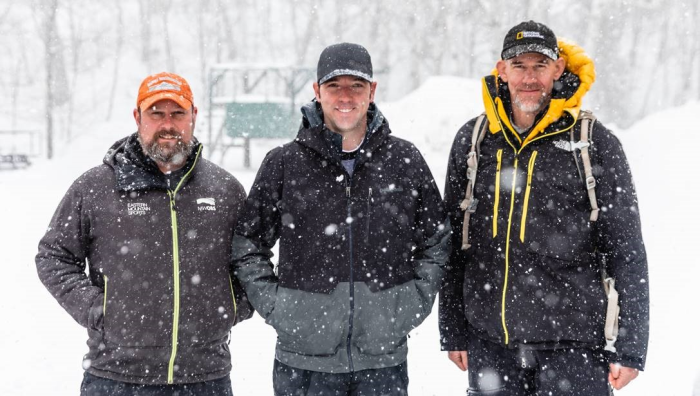
Many thanks go to all those who provided valuable resources for this project. We would especially like to thank the expedition team for selecting Campbell Scientific gear for this project, as well as the experts from the Mount Washington Observatory and the Mount Washington Regional Mesonet.
System Design and Manufacturing
Get to know the team of employees who worked to design and test the Campbell Scientific gear, ensuring its reliability to collect accurate data in the extreme environment of Mount Everest.
Steve Gunderson
Sales Engineer
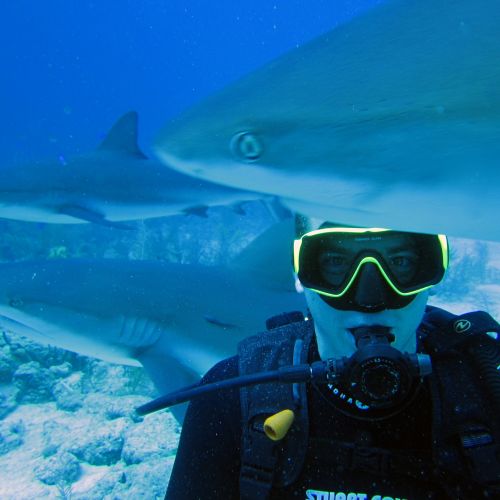
Steve began the initial conversation with the scientific team about the possibility and feasibility of designing a system of meteorological instrumentation for installation on Mt. Everest. Steve assists many Campbell Scientific clients who are working on projects that at first seem impossible. Steve has a hard time saying no to anything—even when asked if he wants to swim with sharks.
Jared Campbell
Mechanical Design Engineer
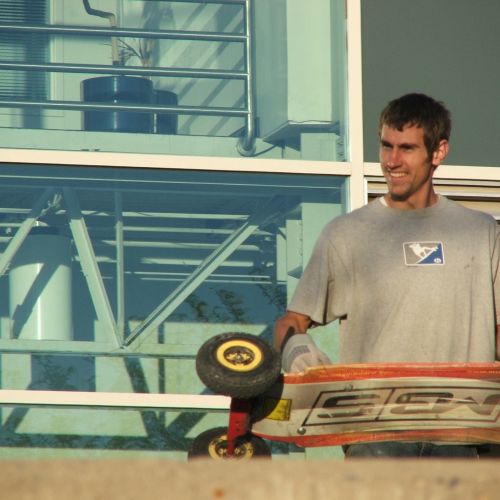
Jared had to address all the unique challenges the expedition team would face in designing the Extreme Applications tripod. Jared joined the team to test the design in Everest-like conditions on Mt. Washington. When Jared is not designing hardware for extreme weather stations, he spends his time designing other crazy projects—like mountain boards without brakes!
Gary Roberts
Communications and Software Product Manager
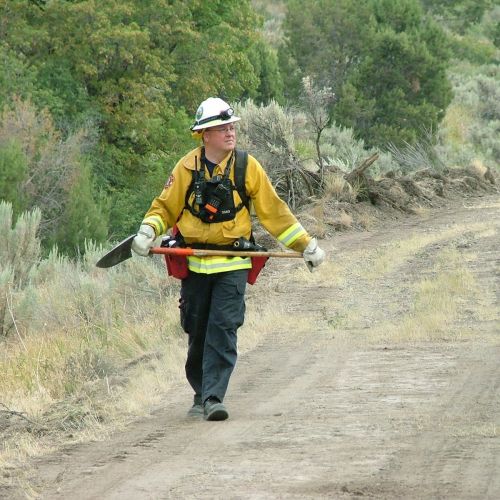
Gary’s understanding of communications systems for extreme applications is critical to his role as a firefighter. This expertise was used to determine which communications system would be most suitable for the station on Mt. Everest. For this application, where reliable communication is an absolute necessity to retrieve data, Gary chose three different systems. This type of redundancy ensures that regardless of what happens in this extreme environment, at least one system will always be working.
Michael Hansen
Systems Implementation Engineering Manager
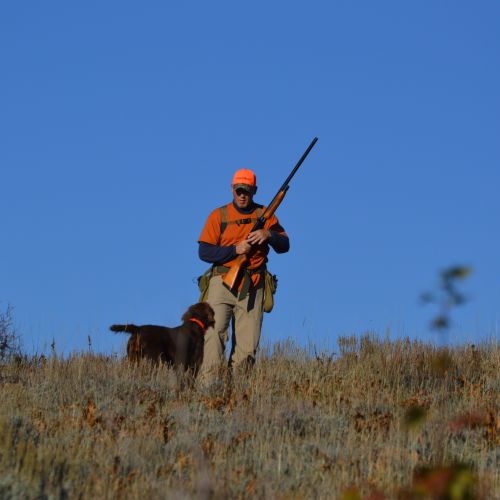
Mike was critical to pulling together all the pieces of a complete station to ensure they would work in the harsh environment of Mt. Everest. This included finding the best sensors, connectors, batteries, and enclosures that could withstand the constant cold and wind. Mike was also the lead programmer for the brain of the system: the CR1000X datalogger. To give his own brain a break, Mike spends his time with his four-legged hunting companion. It’s also the perfect environment to let those innovative ideas for making this project work come together.
Scientific Experts
Meet the scientific team members responsible for installing the Campbell Scientific gear on Mount Everest.
Dr. Baker Perry
Meteorologist, University of Nevada, Reno
(formerly of the Appalachian State University)
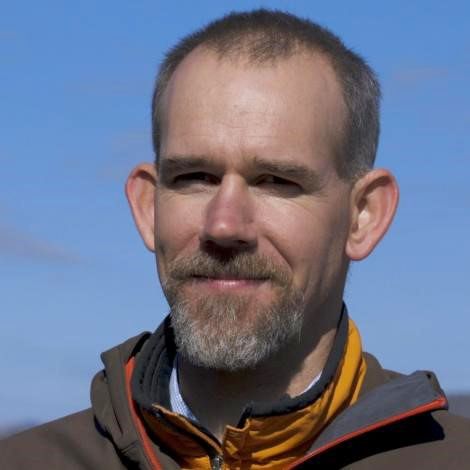
"Dr. Perry’s research interests include precipitation, snow and ice, glacier-climate interactions, and climate change. Mountain regions serve as a focus, with specific interests in the Himalayas, Andes, and Appalachians." His current research is organized around three major topics:
- Meteorological research on Mt. Everest
- Precipitation-climate-glacier interactions in the tropical Andes Mountains
- Snowfall patterns and processes in the southern Appalachian Mountains
(source: https://geo.appstate.edu/faculty-staff/baker-perry)
Dr. Tom Matthews
Senior Lecturer in Environmental Geography, King's College London
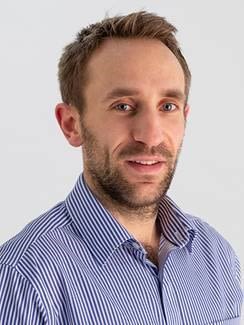
"Tom's research focuses on environments and events that are meteorologically extreme. The former has seen him work extensively in mountain regions, including in the Himalaya where he co-led installation of the highest-altitude weather stations in the world on Mt. Everest. For the latter, Tom has led research on severe extra-tropical cyclones and compound events, but he specialises in extreme humid heat events, including their drivers and projected changes under climate warming."
Field Testing
Experts affiliated with Mount Washington share their knowledge and experience related to the test installation site.
Dr. Eric Kelsey
Research Assistant Professor, Plymouth State University and Director of Research, Mount Washington Observatory
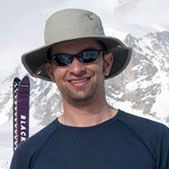
As a PhD student, Eric "...merged his passion for the weather with climate change. He developed a novel ice core calibration procedure for identifying the seasonal atmospheric circulation patterns that produce climate signals in ice cores from Yukon, Canada and studied large scale sea-level pressure and temperature variability...In addition to teaching and student advising, Dr. Kelsey serves as the Director of Research for the Mount Washington Observatory. His research interests include boundary layer impacts on elevation dependent warming in the Northeast, cold pool formation in mountain valleys, boundary layer dynamics in mountain environments, cold-air damming in New England, and using the WRF model to produce improved weather forecasts for the higher elevations of the Northeast."
(source: https://www.plymouth.edu/faculty-staff/faculty-staff/faculty-profiles/eric-kelsey/)
Keith Garrett
Information Systems, Mount Washington Observatory
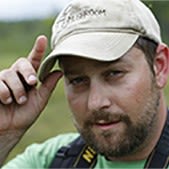
"Keith brings over 20 years of experience in IT hardware, software and business networks. He has experience in working with municipalities, non-profits and individuals. Prior to his work with the Observatory Keith was the owner of Wolfeboro Computer Solutions in the Wolfeboro and Lakes Region area. His services spanned all aspects of IT including repair and maintenance of a wide range of systems."
(source: https://www.mountwashington.org/about-us/staff.aspx)

